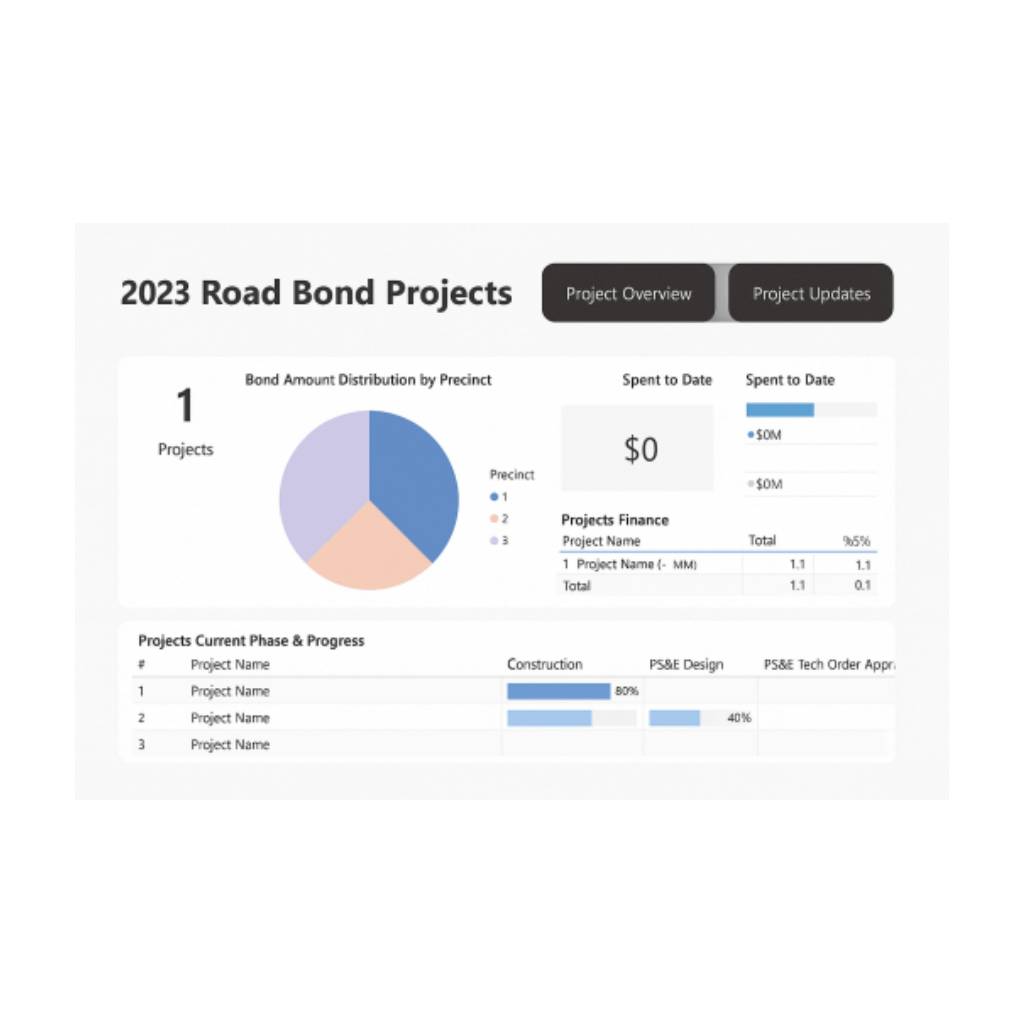“The best way to predict the future is to create it.” -Peter Drucker
As a capital improvement bond program manager, ensuring the seamless integration of parcel acquisition services with utility coordination is paramount. Effective communication between the right-of-way (ROW) acquisition phase and the utility coordination phase can significantly mitigate delays, reduce costs, and enhance project outcomes. Here are some best practices and insights drawn from recent research and case studies to highlight the importance of this integration.
Importance of Early and Continuous Coordination
Early and continuous coordination between ROW acquisition and utility relocation is critical. Initiating utility coordination early in the project lifecycle, ideally at the design stage, allows for the identification and resolution of potential conflicts before they become critical issues.
For instance, the Minnesota Department of Transportation (MnDOT) developed a new utility coordination process that begins earlier in the design phase, emphasizing accurate identification and early coordination of utilities. This process involves construction and design personnel at an earlier stage, ensuring consistent and uniform application across all projects .
Establishing Clear Communication Channels
Clear and continuous communication with all stakeholders, including utility companies, property owners, and internal project teams, is essential. The Florida Department of Transportation (FDOT) District 5 emphasizes the importance of maintaining forthright communications with impacted stakeholders from the early stages of the project. This approach not only builds trust but also reduces the level of detrimental rumors and misinformation .
Utilizing Advanced Technology for Coordination
Implementing advanced technologies, such as Geographic Information Systems (GIS), can enhance the efficiency of ROW acquisition and utility coordination. A prototype GIS-based tool developed by the Federal Highway Administration (FHWA) integrates environmental hazard analysis and land acquisition estimates, aiding in transportation decision-making by providing a comprehensive overview of potential utility conflicts and ROW needs .
Integrated Project Delivery Methods
Integrated project delivery methods, such as design-build, where design and construction phases are combined into one contract, can streamline the coordination between ROW acquisition and utility relocation. This approach allows tasks to be undertaken in an overlapping manner, providing incentives for contractors to incorporate alternative technical concepts early in the project .
Best Practices in Utility Coordination
MnDOT’s 15-step utility coordination process includes critical steps such as:
- Utility identification
- Initial utility contact for coordination
- Utility design meetings
- Utility relocation plan reviews
- Utility agreements and reimbursements
This structured approach ensures that utility relocation is planned and executed efficiently, minimizing delays and construction costs.
Case Studies of Effective Coordination
- Florida DOT: By involving utilities early at the “line and grade” design stage, FDOT allows utilities to assess project impacts and plan accordingly. This early involvement helps avoid last-minute design changes that can cause significant project delays.
- Texas DOT: For the Central Texas Turnpike System (CTTS) project, TxDOT’s approach included 100 percent utility reimbursement tied to a specific project schedule, which expedited utility relocation without the need for state intervention .
Conclusion
Effective coordination between parcel acquisitions and utility relocation requires early planning, continuous communication, the use of advanced technologies, and integrated project delivery methods. By implementing these best practices, project managers can enhance project efficiency, reduce costs, and ensure timely project delivery.
At Front Line Advisory Group, we manage Capital Improvement programs to ensure they are completed on time and within budget. We make sure every dollar is used wisely to improve our community. For more information or to start your project, contact us at info@frontlineadvisorygroup.com.
Bibliography
- Cambridge Systematics, Inc. (2006). NCHRP 20-68, Domestic Scan Pilot Program: Best Practices in Right-of-Way Acquisition and Utility Relocation. National Cooperative Highway Research Program, Transportation Research Board of the National Academies.













